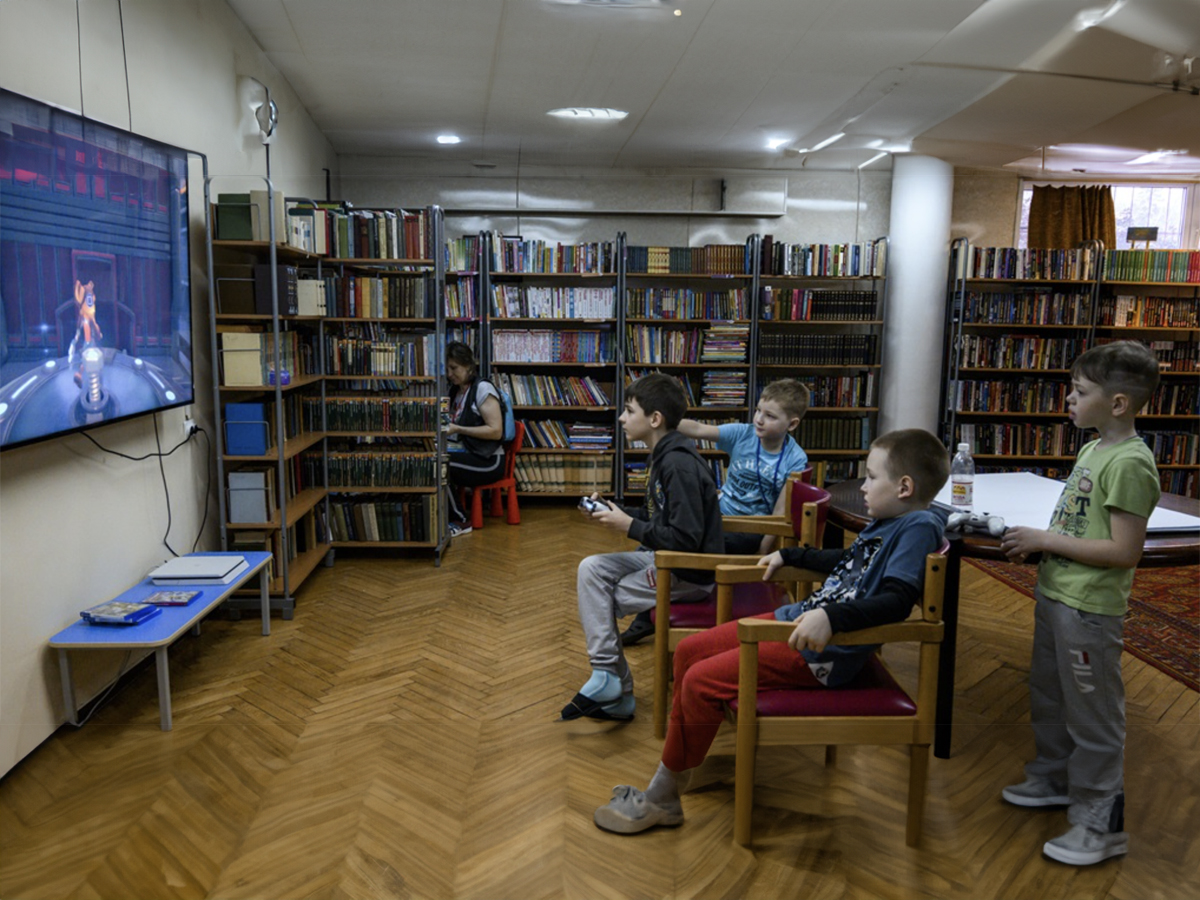Video gamers could be at risk of irreversible hearing loss and/or tinnitus, according to research published in the BMJ Public Health.
Evidence suggests that the sound levels reported in studies of more than 50,000 people are often near, or exceed, permissible safe limits. And given the popularity of these games, greater public health efforts are needed to raise awareness of the potential risks, according to researchers.
While headphones, earbuds, and music venues have been recognised as sources of potentially unsafe sound levels, relatively little attention has been paid to the effects of video games, including e-sports, on hearing loss. Gamers often play at high-intensity sound levels and for several hours at a time.
Some 14 peer reviewed studies from North America, Europe, South-East Asia and Australasia, involving 53,833 people, were included in the review, comprising cohort, gaming centres or personal computer rooms and mobile devices.
One study reported that impulse sounds reached levels as high as 119 dB during game play, while permissible exposure limits are around 100 dB for children and 130–140 dB for adults.
For children, the permissible noise exposure level is defined as 75 dB for 40 hours a week. Children can safely listen to an 83 dB sound for around 6.5 hours, 86 dB for around 3.25 hours, 92 dB for 45 minutes, and 98 dB for only 12 minutes a week. Also, that boys played video games more often than girls, for longer periods of time, and at higher sound intensity levels.
However, there were several key gaps in the available evidence. For example, the impact of esports, geographic region, sex, and age, on hearing loss, needs further investigation to inform preventive measures, global policy and education initiatives to help promote safe listening among gamers.

